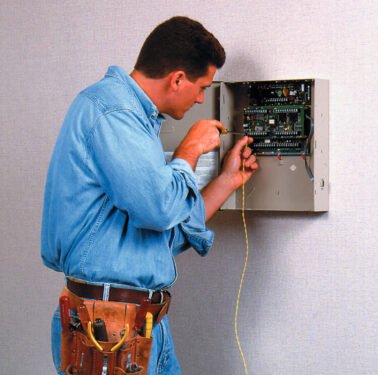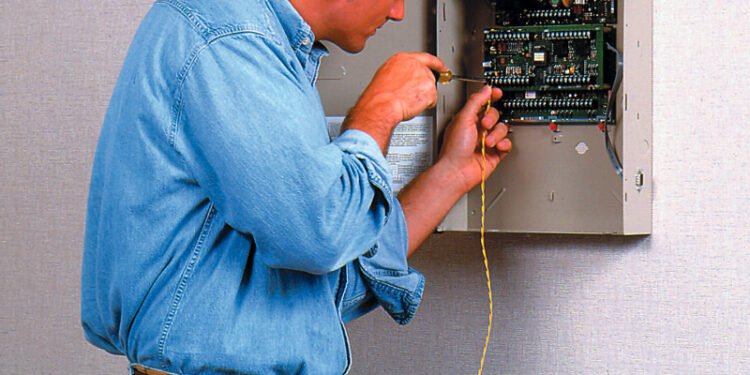Repair electricity, do it yourself if you can and are allowed. Replacing a plug or fuse is simple and therefore easy to do yourself. The question, however, is what you can and cannot do yourself when it comes to electricity. What about your electrical installation at home? How do you rectify a malfunction and what should you pay attention to?
The Electrical Installation
The electrical installation in the house must meet all kinds of connection conditions of the electricity company. If you don’t know enough about it, it’s better to stay away from the electricity in your home. The main rule is that recognized installers install the installation.
If unauthorized persons install the installation, the energy company concerned will check everything thoroughly. However, because it can never be guaranteed that everything has been installed flawlessly, certainly not if it has been done by unauthorized persons, the owner remains responsible for his own installation. Whether you like it or not.
If the installation has been installed by a certified installer, the energy company will often not check the installation or only check it briefly. Replacing a stopper is easy: if it is an automatic stop, raise the switch again or press the black button.
And with a conventional plug, you place the same plug with the same amount of amperes as the old one. Just make sure that the device or lamp that caused the malfunction is turned off, otherwise, the fuses will probably blow again.
Supply Of Electricity
The supply of electricity goes through the house connection box and the terminal group box. The stop and group switches are located on the installation box.
A group can be temporarily switched off in the event of a malfunction, or when you want to replace a fuse. Usually, it is arranged in such a way that the entire power supply only fails in the event of a fault in the high-voltage power line outside.
Units Of Electricity
The voltage varies in the Netherlands between 220 and 230 Volts. The Watts, from inventor James Watt, indicate the power, expressed in W. Finally, there is the ampere that indicates the current strength, the A.
If you want to know how many Watts you can use on a 6 Amp fuse, make the sum:
Volts times Amps equals the maximum amount of Watts allowed. Or 6 times 220, equals a maximum of 1320 watts.
Reading Suggestions: The Best Electric Generators Of 2022
This is of course insufficient for heavier appliances, such as those that are common in the kitchen. If you use more power, such a stop will blow. At a stop of 10A, the total to be loaded becomes equal to 2200 Watt, at 16A it becomes 3680 Watt.
Overload Meter Box
The only way to determine why there may be an overload is to find out which equipment is all connected to the same fuse. With an ordinary stop, the copper core of the fuse has blown in case of overload. At an automatic stop, the red tab pops out.
You check which stop belongs to which wiring by turning off a group switch one by one. Look at the number of Amps of the plug and now calculate, as shown above, how many Watts may be connected to it. Usually, 16A fuses are allowed on all end groups, but check that at home to be sure.
Color Of The Electrical Wire
In the Netherlands, there are at least four copper wires for the light points, sockets, and switches:
- Phase wire: this has a voltage of at least 220 Volts. This wire is usually brown in color. If you look at the description near or on switches and electrical appliances, you will see the letter P of Phase marked.
- Neutral wire: there is no voltage on this. The color is blue, marked with the letter N of Neutral.
- Ground Wire: This green-yellow ground wire is important if a short circuit ever occurs. It causes the main fuse to trip and the power to shut off.
- Switch wire: black wire to enable a switch to a light point.
Please note: in older houses, you will also find old wiring:

- Phase wire is then green.
- The neutral wire is then red.
- The Earth wire is then grey.
Turn Off The Fuse Or Switch When Working With Electricity
Anyone working with electricity must do so absolutely safely. Switch off the corresponding stopper in the meter cupboard. It is even safer to switch off all electricity with the large switch. Always check whether the voltage is really off. In the older houses in particular, you may be in for a surprise. Also, use a voltage tester if necessary.
Key Lock
Safety first, right? If you do not trust it, take a good electrician.






















